Содержание
- What is fertilizer overdose and why is it dangerous?
- How to fertilize correctly to avoid overfeeding
- What to do in case of fertilizer overdose and how to avoid mistakes
What is fertilizer overdose and why is it dangerous?
Fertilizer overdose is one of the most common mistakes in growing marijuana, especially among beginners. It occurs when the plant receives too many nutrients, usually due to an incorrectly calculated dosage or too frequent feeding. This results in overfeeding, where the root system cannot absorb the excess minerals, leading to stress.
Symptoms of fertilizer overdose appear within 1–2 days: the edges of the leaves begin to turn brown or black, burns appear, the leaves lose their turgor, and plant growth slows down. One of the most characteristic signs is an overly dark, almost black-green color of the leaves, which indicates an excess of nitrogen in the cannabis. Signs of fertilizer burns are also possible, especially when using strong mineral fertilizers.
Beginners often make the mistake of thinking that the more fertilizer they use, the faster the plant will grow. However, this leads to root degradation and reduced yields. How do experienced growers water cannabis plants? They strictly control the amount and frequency of fertilization, use pH meters, and measure the electrical conductivity (EC) of the solution to ensure that the nutrient concentration is safe.
Special attention should be paid to autoflowering strains, as their root system is more sensitive. In their case, excess fertilizer when growing cannabis can cause damage within a few days, and the plant simply will not have time to recover.
To avoid problems, it is worth learning how to grow cannabis at the preparation stage, taking into account the needs of a particular variety and the stages of its development. The ability to recognize symptoms and adjust the feeding regime in time is the key to a healthy and productive grow.
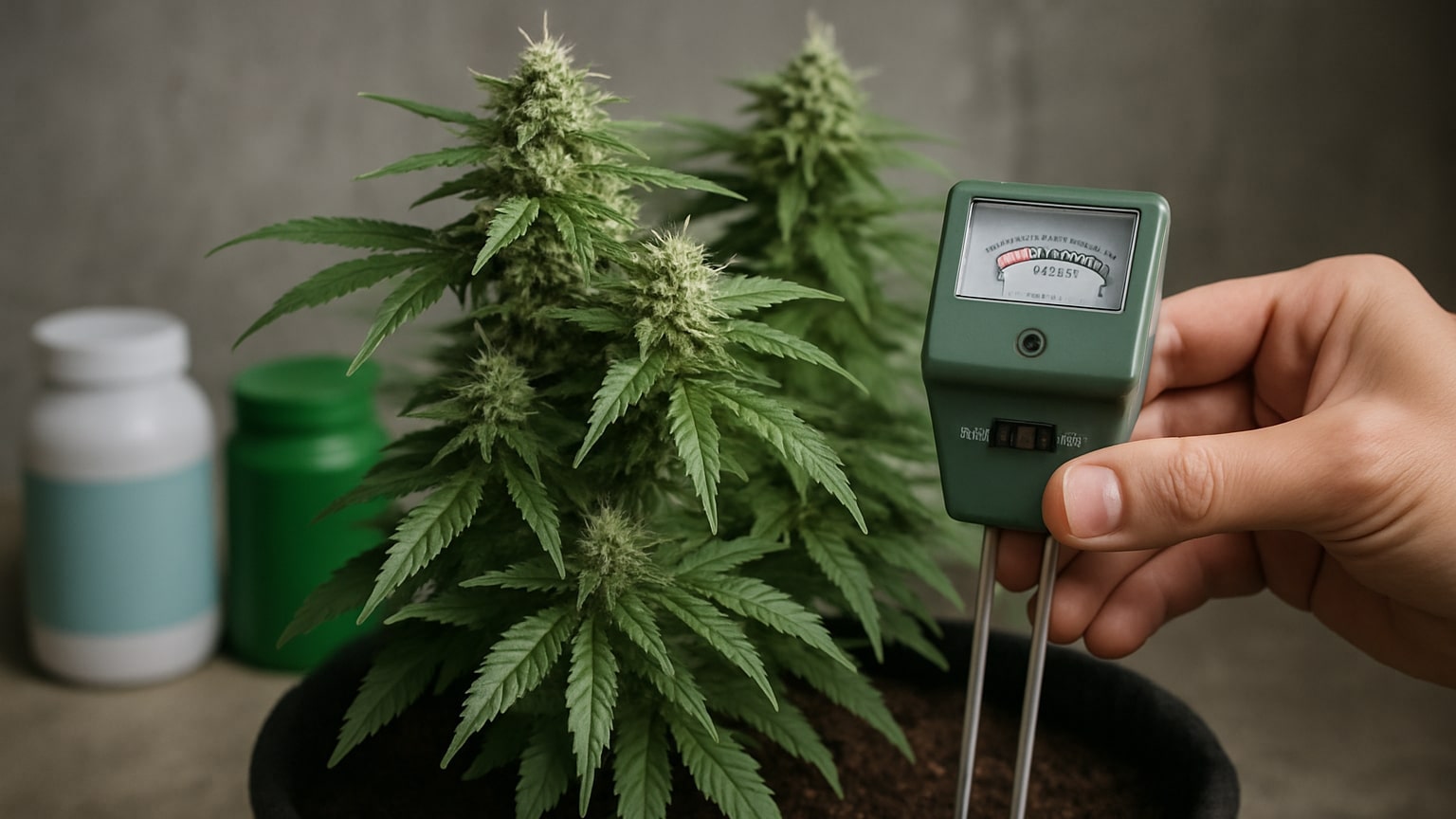
How to fertilize correctly to avoid overfeeding
To avoid overfeeding plants and possible fertilizer overdose, it is important to understand the basic principles of cannabis nutrition at different stages of growth. Even high-quality fertilizers can be harmful if used without considering the needs of the plant.
It is especially important to maintain balance when using mineral mixtures. Mineral nutrition for cannabis: macronutrients are primarily nitrogen (N), phosphorus (P), and potassium (K). An incorrect ratio of these substances leads to burns, metabolic disorders, and reduced yields.
Here are the main recommendations from experienced growers for safe fertilizer application:
- Start with minimal doses
This is especially important when using concentrated mineral fertilizers. Start with 25–50% of the manufacturer's recommended dose and observe the plant's reaction. - Consider the growth phase
During vegetation, cannabis requires more nitrogen, and during flowering, it requires more phosphorus and potassium. An incorrect nutrient ratio is a common cause of fertilizer overdose and fertilizer burns in cannabis. - Monitor the pH and EC of the solution
Use devices to monitor water acidity and salt levels. A high EC indicates an excess of substances, which means an overdose is possible. - Do not feed with every watering
Yes, experienced growers water cannabis plants by alternating between watering with clean water and watering with fertilizers. This gives the roots a chance to “rest” and avoid the accumulation of excess salts. - Focus on the variety
Autoflowering and sensitive varieties (especially those with Indica genetics) require a more gentle regime. How to fertilize autoflowers correctly — use light solutions and a short feeding schedule.
Understanding these simple rules allows you to avoid over-fertilization when growing cannabis, which means you can keep your plants healthy and get the maximum yield.
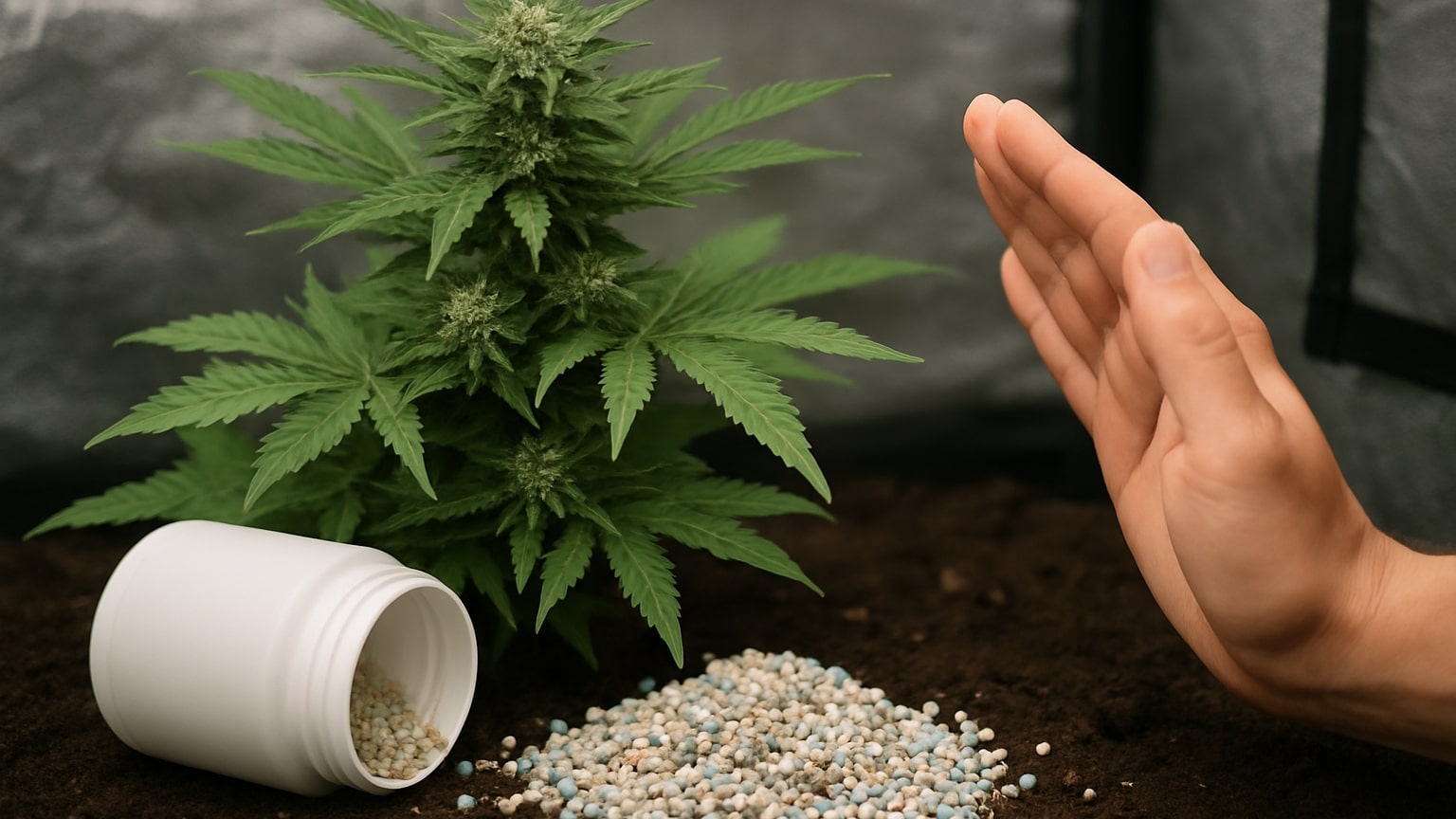
What to do in case of fertilizer overdose and how to avoid mistakes
If a grower encounters signs of fertilizer overdose, there is no need to panic. Properly implemented recovery measures can help save even severely damaged plants. It is important to be able to identify fertilizer overdose at an early stage and take timely action.
Here are step-by-step instructions to help with overfeeding:
- Substrate flushing
At the first signs (burns, curling leaves, dark foliage), flush the soil with plenty of water with the correct pH (6.0–6.5). This will help wash out excess salts. - Pause in feeding
After flushing, allow the plant to “rest” from fertilizers for at least 3–5 days. Water only with clean water and monitor the improvement in condition. - Microclimate control
Reduce light intensity and maintain stable temperature and humidity. This will reduce stress and help the plant recover faster. - Use of root stimulants
Such additives activate the root system after damage, improving the absorption of moisture and micronutrients.
The table below lists the visual symptoms of overdose and their presumed causes:
| Symptom | Possible cause | What to do |
| Leaf darkening, gloss | Excess nitrogen | Rinse the soil, reduce the N dose |
| Dried edges, stains | Burn from fertilizers | Rinse the substrate, stop feeding |
| Leaves curl downward | EC concentration too high | Check EC, adjust solution |
| Sharp slowdown in growth | General overeating | Come clean |
To avoid such mistakes in the future, it is important not only to monitor dosages, but also to use plant fertilizers consciously. Experienced growers carefully plan their feeding regime and also use additional protection methods.
For example, how do experienced growers make natural pesticides? They use organic products based on garlic, pepper, or conifer extracts to protect plants weakened by overfeeding from pests without resorting to chemicals, which can cause even more harm.
The bottom line is simple: to grow cannabis without stress and losses, don't overfeed, observe, and adjust. Plants always send signals; it's important to learn how to read them..
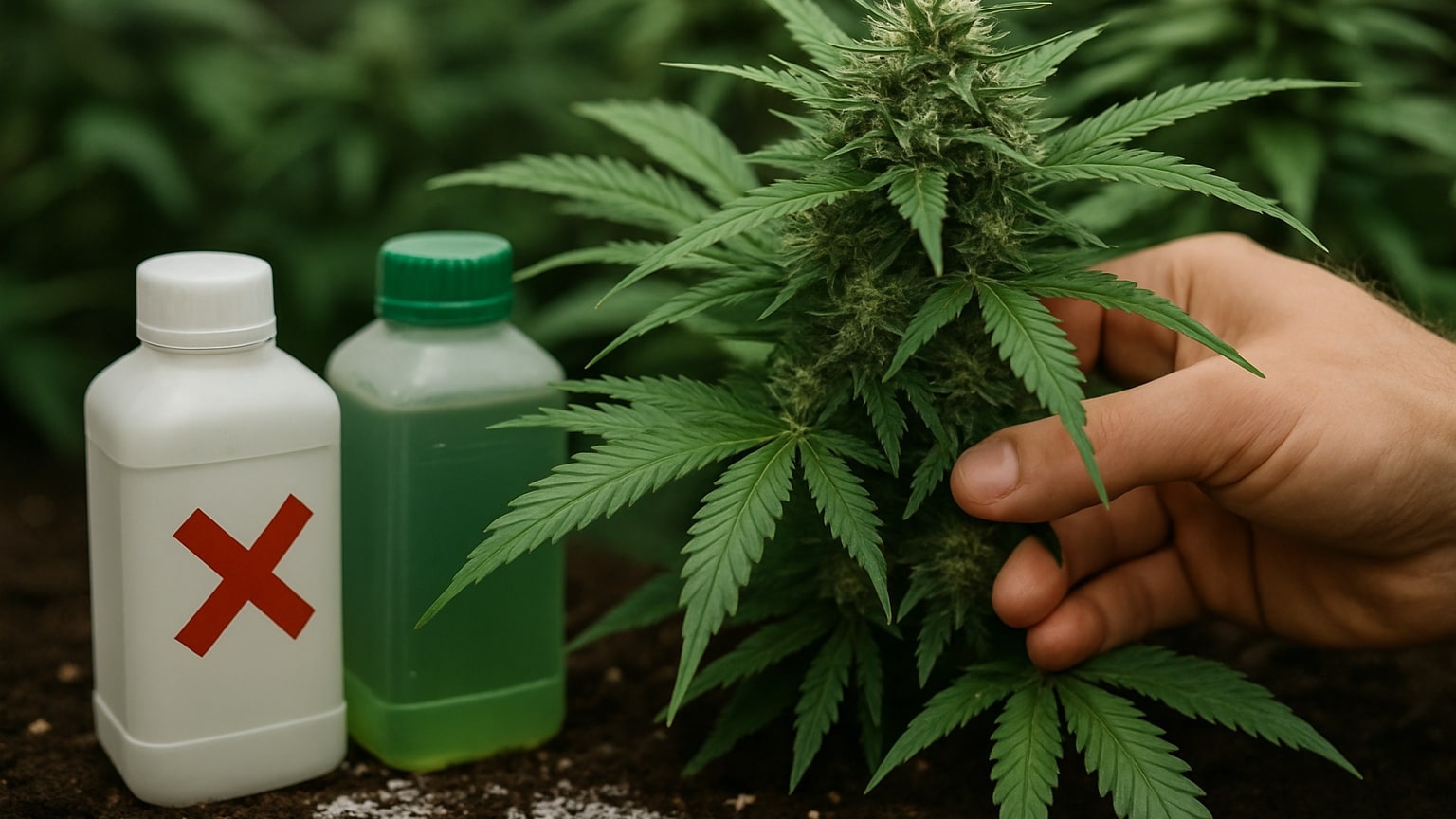
Attention! Errors Seeds does not encourage you to grow cannabis and does not assist in any way with this activity. Growing cannabis is prohibited by Ukrainian law. This article is for scientific and informational purposes only.
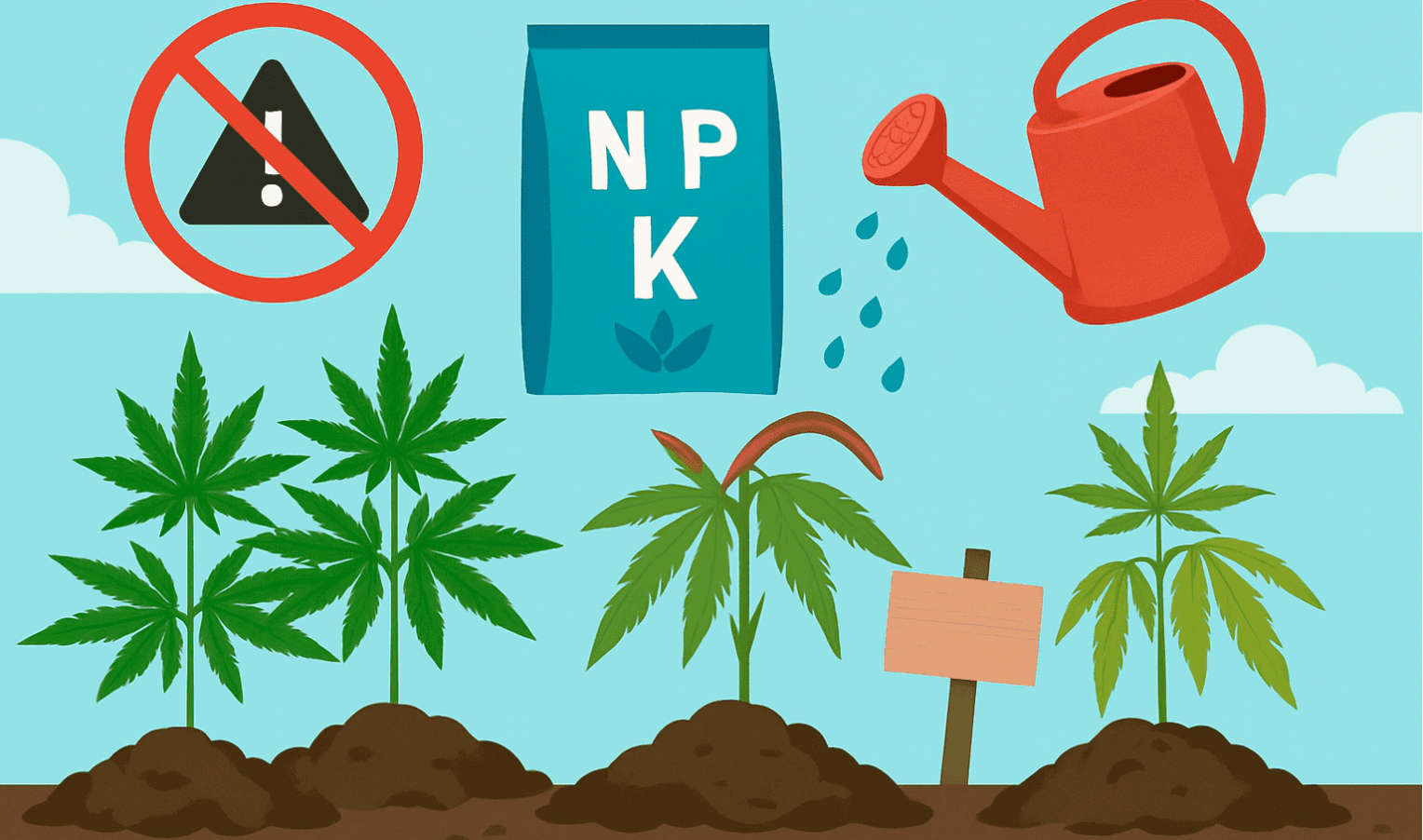
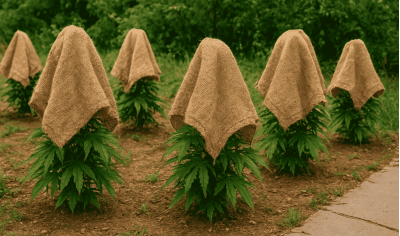
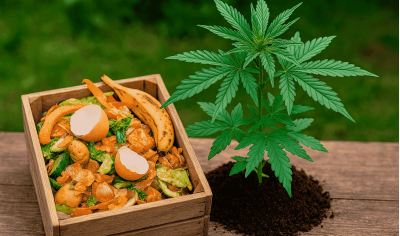
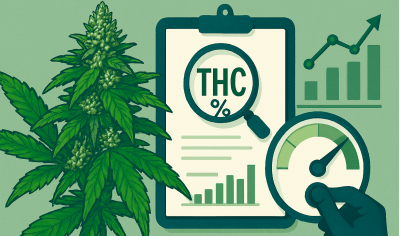


Write a comment